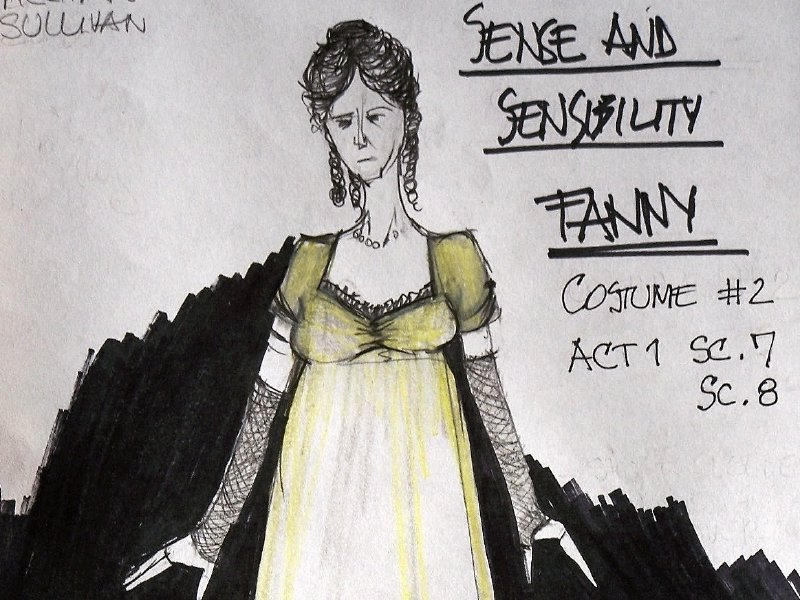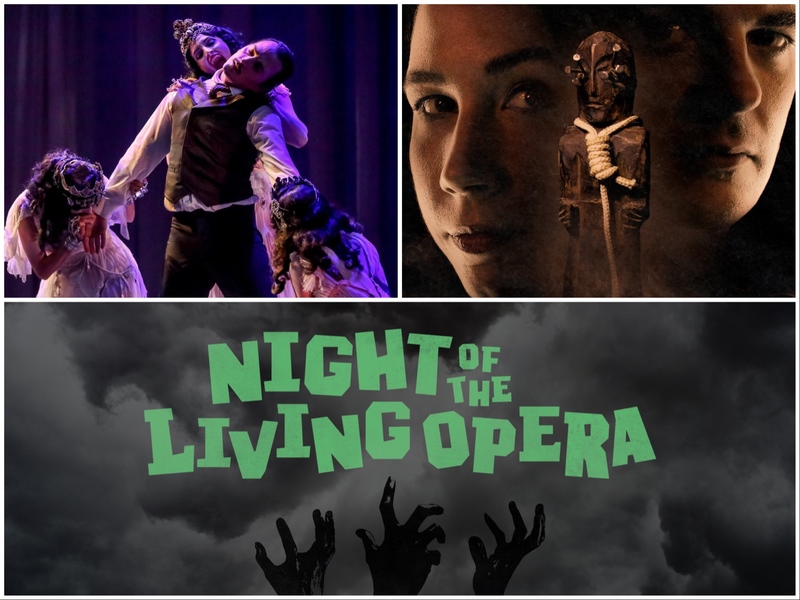In the theatrical world, first impressions are everything, hence the important role of the costume designer.
When an audience is introduced to a character, they immediately understand certain realities about that character simply because of the clothes on their back – age, time period, social status, financial situation, self-esteem and sometimes even religion or ethnicity.
"That’s one of the first things you do after you read the play, obviously – you develop the character, you visualize or translate what the character is from the written word and how they will behave, how they’ll be dressing," says award-winning costume designer Angela Balogh Calin.
"It’s important to be able to convey to the audience when the show starts and they meet one of the characters that person’s likes, dislikes and so on."
Calin is the costume designer for The Milwaukee Rep’s "Sense and Sensibility," playing now at the Quadracci Powerhouse, 108 E. Wells St., through Jan. 13. She is an old friend of director Art Menke, and they first worked together in at A Noise Within Theatre in Los Angeles, where Calin is based.
Originally from Romania, Calin first fell in love with theater and design at the age of 12 while spending time at the Bulandra Theatre in Bucharest. She graduated from N. Grigorescu Art Academy (also in Bucharest) with an MFA in set and costume design.
She has received the Los Angeles Critics Circle Award and Garland Award for "Another Part of the Forest" (A Noise Within Theatre) as well as several other awards and nominations. She has an extensive body of work both in the theater and in film.
Calin sat down with OnMilwaukee.com to discuss the process of a costume designer, the influence of theatrical set design on fashion in the modern world, and why the fashion of Jane Austen's characters is so popular.
OnMilwaukee.com: What’s the process like for a costume designer?
Angela Balogh Calin: First things first, you read the play. Then there are some preliminary discussions with the director to see if he has a strong feeling about the visuals. Certain plays lend themselves more for interpretation as far as the visual and the design elements go. Others lend themselves less – for instance, this particular piece is so embedded in the tradition of England and life at that time (in the Regency period) that it would be an injustice to try to move it and set it in contemporary times.
OMC: What kind of research goes into a historical piece like this?
ABC: It’s truly fascinating because you really incorporate all the artistic and visual elements and you go through the history of art, through the history of literature, and try to gather as much information as possible. Of course the internet helps tremendously, but it’s definitely not the only tool – and please make sure you emphasize that! Because there’s a lot of information about everything in this world and beyond, but it’s very hard to sort through it – and this is where experience in the field comes in handy. I go directly to certain books, to libraries and indexes. I know what to look for and what to research.
I also have my own personal folder of research – just general research that are just images, not necessarily costumes or fashion-oriented – images that help me unleash my imagination in a sense – something that excites me. I very often see in set design a photograph or a detail of something and that triggers a whole process of discovery.
OMC: It seems that the relationship between the costume designer and the director is a very interdependent one.
ABC: I really like working with the directors and being in touch with them often, so we can develop the characters as much as possible. Once I do the renderings (for the costumes) we go back and forth with the director about looks and how many costumes. We also needs to make a costume plot to see how many times a character and actor changes – sometimes actors double and play more than one character.
And then once everything is set in stone, the rehearsals start – and that’s when things occasionally change. Sometimes when you do the designs the actors are not hired yet, so it’s hard for a designer to visualize when you don’t have the cast. What I envision for a character won’t necessarily be embodied by the actor who will be playing that part. Also, color – you have to keep in mind the complexion of some people. And the personality of that actor – sometimes the actor discovers certain issues in the character that you never thought of, or brings their own personality to the character. All these elements have to live together in a happy marriage.
OMC: Which character in "Sense and Sensibility" did you enjoy designing for the most?
ABC: Well, this period is particularly fun because before and after this period, everything is corseted and it’s very rigid. This particular period is all liberating, it goes back to the classicism, to the Greeks –in a sense you see that in the Renaissance. This piece, it’s so easy to design in a way because it’s so beautiful, so flattering, it’s all about breezy, light clothes for the girls and the boys and everybody looks beautiful. It’s very hard not to like! It’s like a breath of fresh air in the history of a lot of layers and fabric and corsets and petticoats.
OMC: There really has been a big Jane Austen renaissance in the last few years, and we see its impact in fashion with the return of the empire waist.
ABC: It’s interesting how fashion comes back hundreds of years later. You come up with new ideas but you also use the past as an inspiration. Theater less, because it’s geared toward a specific audience, but film very often influences the way people dress. Designers design costumes, not necessarily replicate costumes, so it should have a strong influence on the audience. So if a designer does something exceptional, I think it should turn into fashion, to a certain degree.
Colleen Jurkiewicz is a Milwaukee native with a degree in English from the University of Wisconsin-Milwaukee, and she loves having a job where she learns something new about the Cream City every day. Her previous incarnations have included stints as a waitress, a barista, a writing tutor, a medical transcriptionist, a freelance journalist, and now this lovely gig at the best online magazine in Milwaukee.







